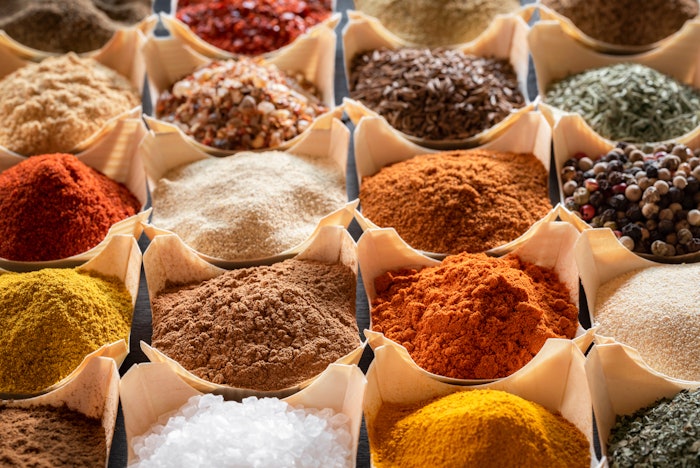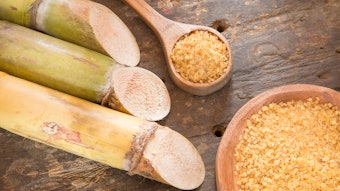
The global flavor enhancer market is expected to grow from $11.4 billion to $20.4 billion between 2022 and 2032, according to a new report from Allied Market Research. This represents a compound annual growth rate of 5.7% during the forecast period.
“The flavor enhancers market is expanding due to the global expansion of the food processing sector,” the report states. “The demand for flavor enhancers is driven by the rising output of processed meals, snacks, sauces and spices because manufacturers want to produce uniform and palatable flavors throughout their product lines. Technology advances and the creation of new formulas make it possible to produce taste enhancers that are more potent and efficient.”
According to the report, the glutamates segment are expected to remain the dominant segment over the forecast period. These enhancers are used to enhance umami flavor in savory applications and can help with sodium reduction. Further, convenience foods are the dominant application for flavor enhancers.
Asia-Pacific has the largest share of the market during the forecast period. Nations like China and India have growing populations that are increasing their consumption of processed and convenient foods, according to the report.
Further, the report attributes the demand for flavor enhancers to the increased demand for convenient, healthy foods for the busy consumer. Flavor enhancers can help maintain taste attributes for foods with substitute ingredients, such as low-sodium or reduced-sugar choices.
The main challenge for the global flavor enhancers market is the demand for clear, clean labels on food products. There is a shift away from conventional flavor enhancers that may not be label-friendly.
“For artificial or synthetic flavor enhancers, the trend toward using natural components as flavor enhancers might be difficult to overcome,” the report states. “Some food producers are looking for all-natural alternatives to enhance flavors i their products, such as herbs, spices and substances derived from fermentation.”
Finally, the flavor enhancers market can be applied to enhance the sensory experiences of food and develop distinct flavor profiles. This can help fill a niche market and satisfy consumers’ desires for diverse flavor profiles.










